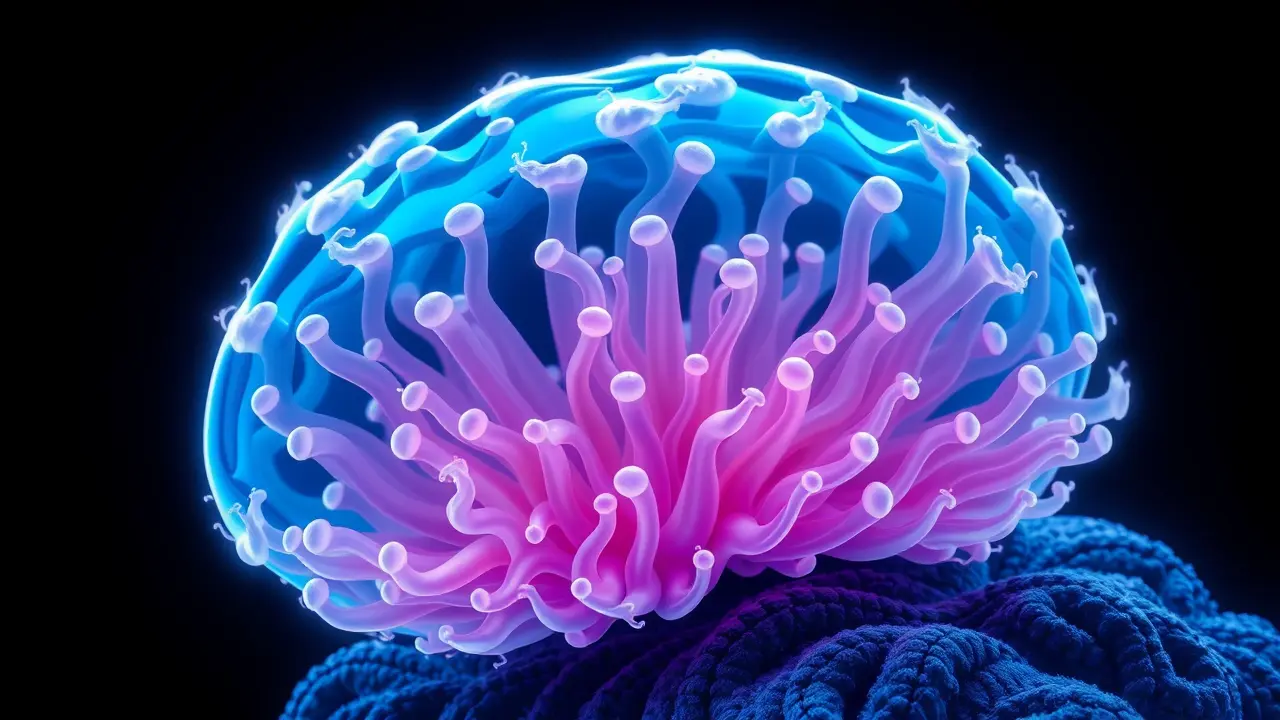MIT Study Settles Debate on Earliest Animal's Identity
For centuries, the scientific community has been locked in a profound debate reminiscent of the cosmic chicken-and-egg paradox, but with stakes that reach to the very origins of animal life itself: which creature truly came first, the humble sponge or the ethereally beautiful comb jelly? This wasn't merely academic pedantry; the answer promised to illuminate the foundational architecture of the animal kingdom, charting a course from the first multicellular organism to the breathtaking diversity we see today. Now, a groundbreaking study from MIT has cut through the noise with the decisive clarity of a laser through interstellar dust, leveraging molecular evidence meticulously extracted from ancient rocks predating the Cambrian explosion by over 541 million years.Imagine the scene: researchers aren't just looking at fossils, but are instead forensic scientists of deep time, analyzing the molecular ghosts left behind, a technique as revolutionary as using spectral analysis to determine the composition of a distant star. The findings, which robustly point to the sponge as our ultimate great-great-grandparent, are akin to finally identifying the single-celled ancestor that all galactic life might share—a monumental pivot in our understanding of biological evolution.This settles a long-standing rift in evolutionary biology, where one camp championed the simple, porous sponge with its sedentary filter-feeding lifestyle as the logical starting point, while another argued for the more complex, gelatinous comb jelly with its rudimentary nervous system and pulsating cilia, a hypothesis that would have forced a complete redrawing of the animal family tree. The MIT team's approach was a masterclass in scientific ingenuity, sidestepping the notoriously incomplete fossil record to analyze preserved lipid biomarkers, the biochemical fingerprints that stubbornly persist in the geological strata like cosmic background radiation from the dawn of time.This is the equivalent of finding a specific, rare element in a meteorite that conclusively proves the conditions of the early solar system. The implications are staggering; by confirming the sponge's primacy, the study reinforces the narrative that complexity in the animal kingdom arose from simplicity, that the journey to neurons, muscles, and intricate body plans began with a basic, modular organism anchored to the seafloor, drawing sustenance passively from the primordial seas.It suggests that the fundamental toolkit for animal life—cell specialization, programmed cell death, basic genetic regulatory networks—was first assembled in this unassuming creature, a platform from which evolution could later explode into the wild experimentation of the Cambrian period. This isn't just about the past; it frames our search for life elsewhere, suggesting that if life exists on water-world exoplanets, its earliest, most resilient forms might share this simple, efficient body plan. The sponge, therefore, is not a primitive dead-end but the foundational keystone, the humble prototype from which all animal grandeur, from the blue whale to the human brain, was eventually forged, a testament to the fact that even the most epic cosmic journeys begin with a single, simple step.
It’s quiet here...Start the conversation by leaving the first comment.
© 2025 Outpoll Service LTD. All rights reserved.
